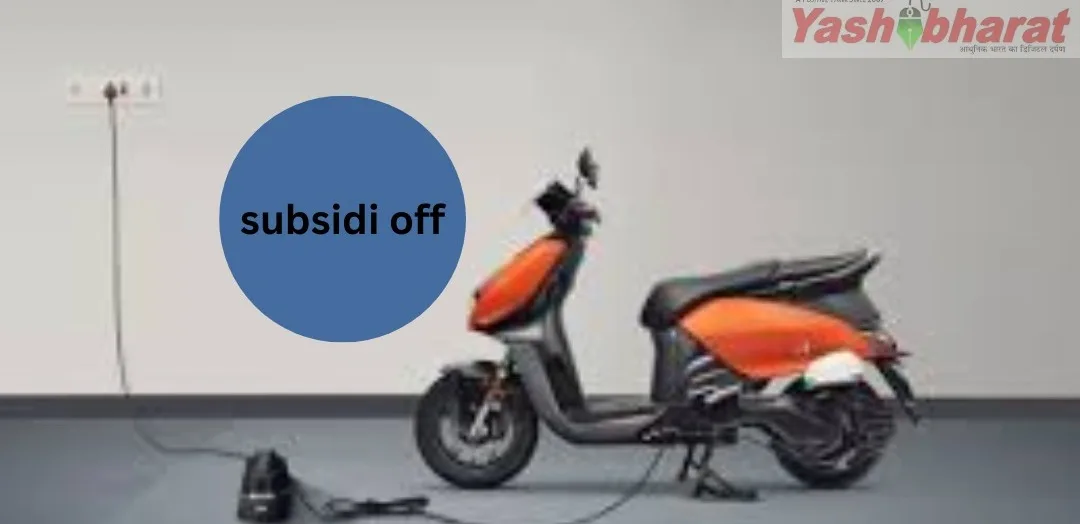Government Likely to End Subsidy on Electric Two-Wheelers
The Indian government may soon stop providing subsidies for electric two-wheel vehicles. This news comes as the government is reportedly not interested in implementing the third phase (FAME III) of the Faster Adoption and Manufacturing of Electric Vehicles initiative. According to a media report, the finance ministry and other government departments do not see any benefit in increasing the electric vehicle (EV) subsidy, hence, the subsidy could be abolished in the coming weeks.
Effects of Ending the Subsidy
It was a few months ago that the government reduced the subsidy, which resulted in a decrease in demand for electric two-wheelers. However, the demand seems to be stabilizing now, prompting government officials to argue that the transition to clean fuel vehicles is likely to occur naturally, despite their initial high costs, due to the economic benefits of operating them. Now, there are reports of the government planning to end subsidies on these vehicles.
Rerouting of Subsidy Funds
The government hopes that by the time the subsidy ends, it would have provided subsidies for almost 1 million two-wheel vehicles. The subsidy funds will then be reallocated to fulfill the demands of local companies. The initial allocation of this plan was 10,000 crore rupees. Now, information is being received that the subsidy on electric two-wheel vehicles could be stopped.
Benefit to Companies
The end of the subsidy is expected to benefit companies as this could lead to new plans similar to the Production-Linked Incentive Mechanism or Phased Manufacturing Plan. Discussions about the details of this new plan are currently being held within the government. These discussions include talks about the subsidy provided on electric vehicles.
- The Indian government may soon end subsidies for electric two-wheelers.
- The decision comes as the demand for these vehicles appears to be stabilizing.
- The subsidy funds will be reallocated to meet the demands of local companies.
- The end of the subsidy is expected to benefit companies, leading to new plans similar to the Production-Linked Incentive Mechanism or the Phased Manufacturing Plan.

